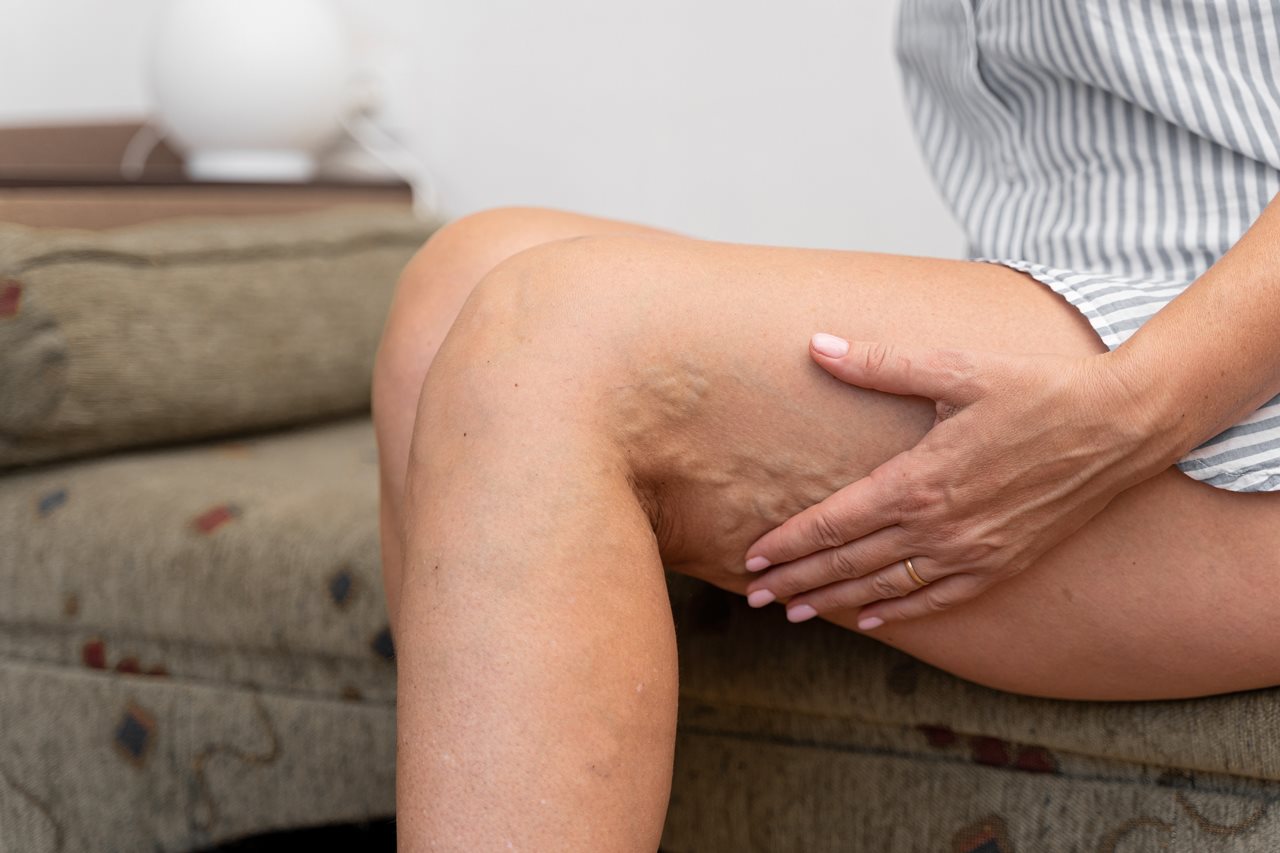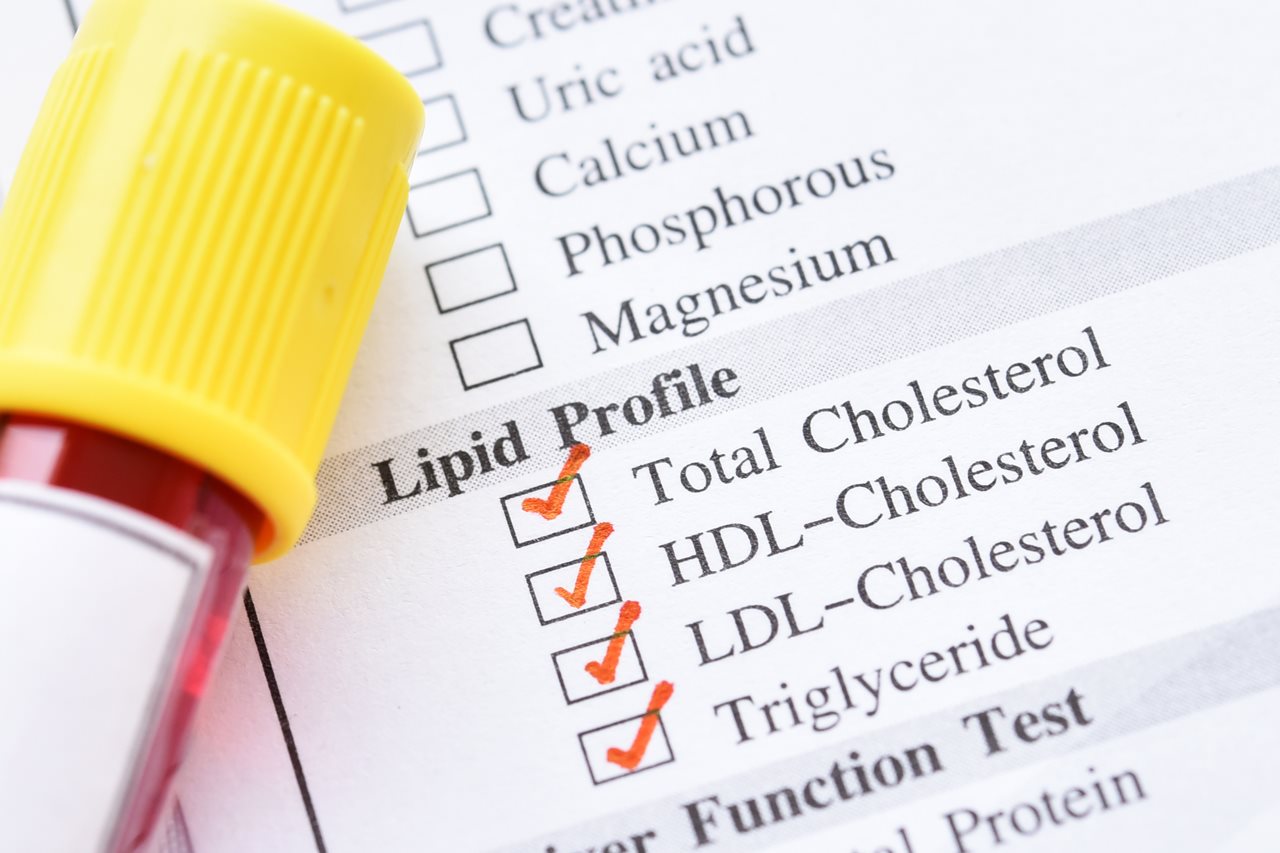Beyond varicose veins, 5 steps for good vascular health
(BPT) - Most people are familiar with heart disease and understand this serious condition can lead to a heart attack, chest pain or stroke. Unfortunately, few people know about vascular disease, which affects your circulatory system and can include diseases of your veins and arteries. Some vascular diseases are quite widespread, such as abdominal aortic aneurysm, which affects nearly 200,000 people in the United States each year and can be deadly without treatment. Additionally, patients with diabetes are more likely to develop vascular disease, and those individuals living with both are at an increased risk of amputation, blindness, kidney failure, and other serious disabilities.
You may be familiar with another common vascular condition, varicose veins, the large bulging veins in the legs that affect as many as 40 million Americans and can cause many different symptoms. There is much more to know about vascular disease and the ways to keep your veins and arteries healthy.
1. Learn about your risk

Depending on your age, family health history and health, you may have an increased risk for certain illnesses. For example, if you are over the age of 50, smoke, are diabetic, or have high blood pressure, you may be at risk for vascular disease and would benefit from starting a relationship with a vascular surgeon.
2. See a specialist

Symptoms such as pain in your legs or persistent sores on your feet could be a sign of a poor health. See your primary care physician to get the issue evaluated. If your doctor suspects you might have peripheral artery disease (PAD) or an abdominal aortic aneurysm, for example, they may refer you to a vascular surgeon. Vascular surgeons provide comprehensive care and specialize in treatments of all vascular problems except those of the heart (treated by cardiovascular surgeons) and the brain (treated by neurosurgeons). Being proactive may help get you the necessary care and treatment before the problem worsens.
3. Know your numbers

“When it comes to vascular disease, cholesterol is enemy No. 1b, behind smoking,” says Benjamin Pearce, M.D., of the University of Alabama at Birmingham and a member of the Society for Vascular Surgery. Over time, a buildup of extra cholesterol, or plaque, can narrow the insides of blood vessels, causing hardening of the arteries. Aim for a total cholesterol level of less than 200, and be sure to have your good and bad cholesterol, as well as your triglyceride levels, checked.
4. Don’t smoke

Every health care professional will tell you, don’t smoke. When you smoke, you ingest nicotine and hundreds of other deadly chemicals, causing serious harm to multiple organs. For example, smoking narrows the arteries in your brain and the carotid arteries in your neck, increasing your risk of stroke. The good news is when you stop smoking, you’ll experience physical benefits within 48 hours. Furthermore, within the first year after quitting, your circulation and lung functions increase, and there is a decrease in coughing, sinus congestion and shortness of breath.
5. Get physical

Studies show daily exercise has a significant, positive effect on vascular health. Regular exercise may reduce the risk of stroke, and for patients diagnosed with peripheral artery disease, exercise may help them avoid interventions. The Centers for Disease Control and Prevention (CDC) recommends 150 minutes of physical activity per week for adults ages 18 to 64. Find exercises you enjoy, such as brisk walking, jogging, dancing or water aerobics, and keep moving.

